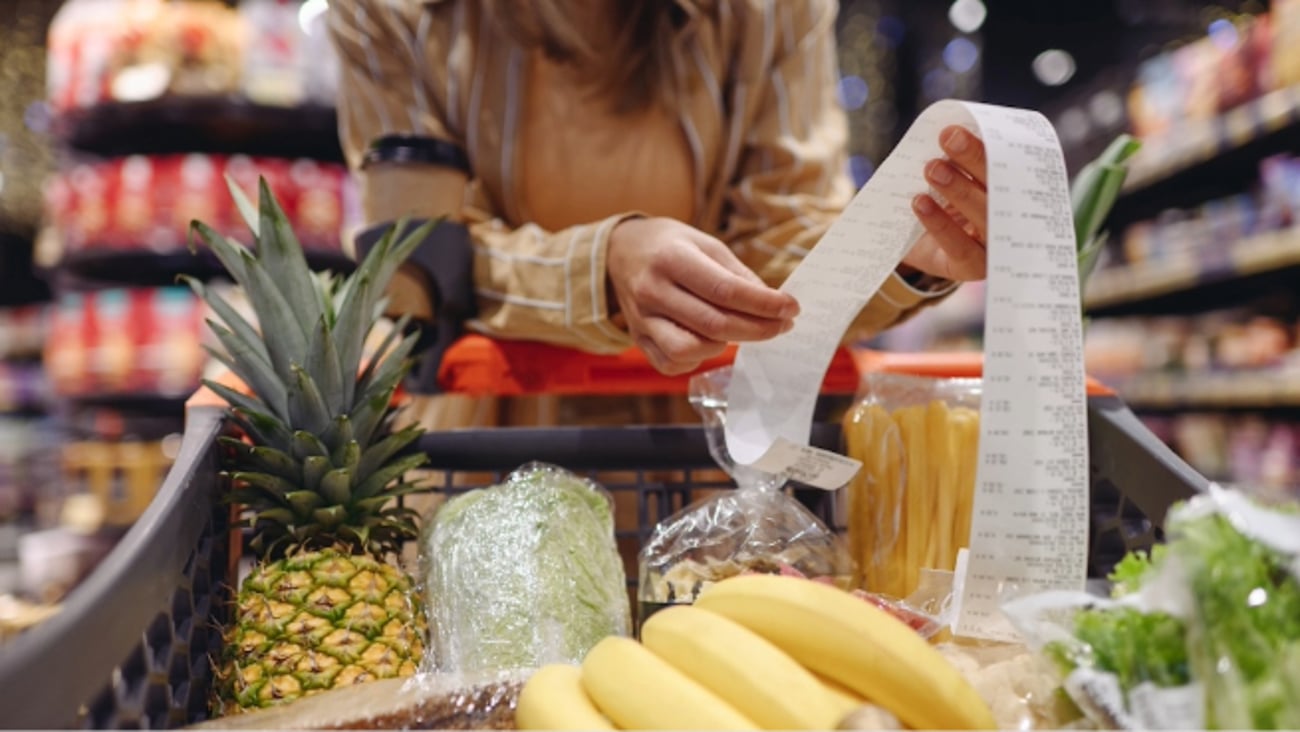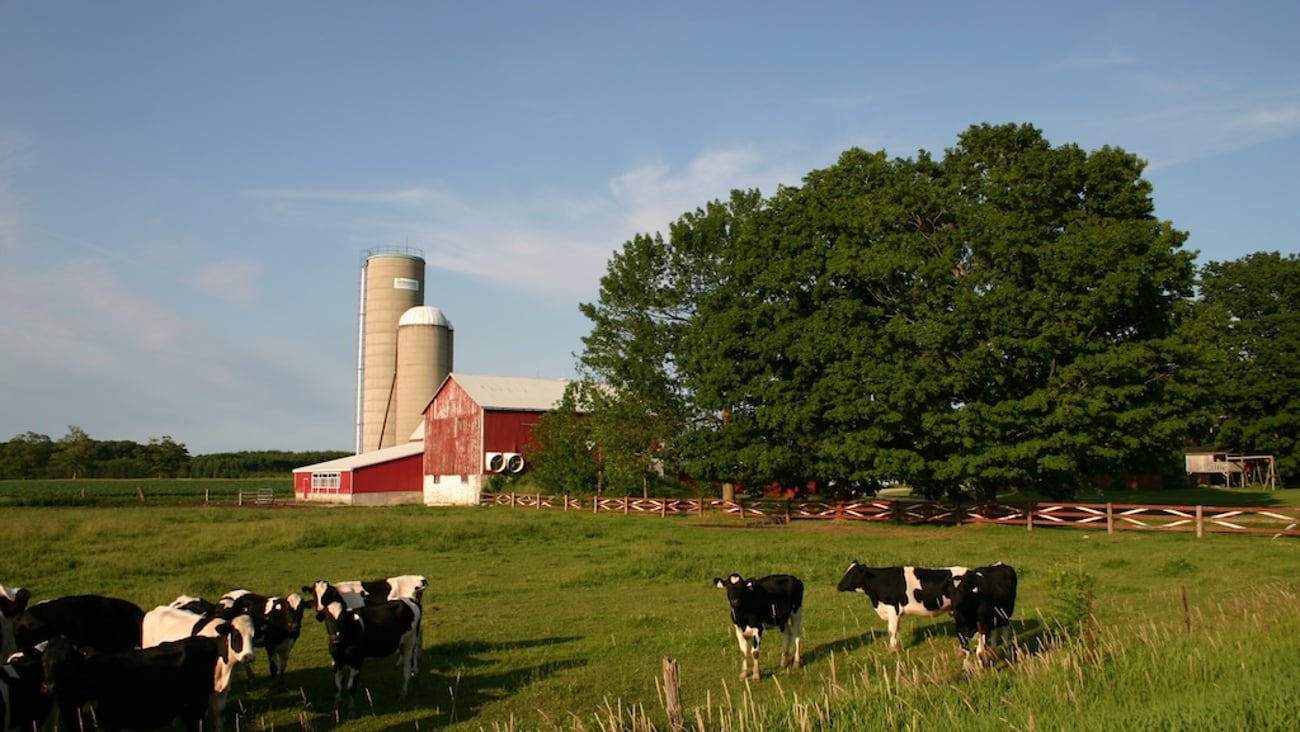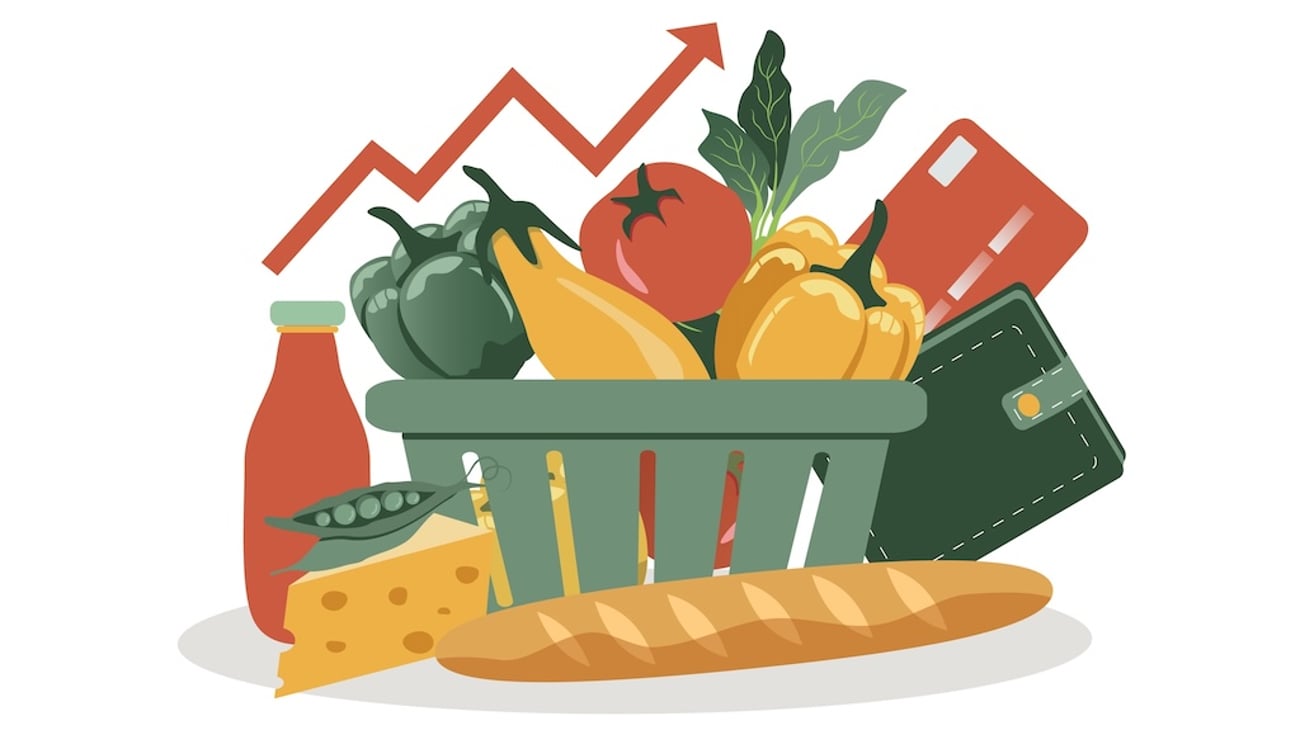Obstacles aside, consumers will find what they need at the grocery store
In many parts of the country, Canadians are now reporting a growing number of empty grocery store shelves. It’s also happening in the United States and in many other parts of the industrialized world--it’s not just a Canadian phenomenon.
Shelves were empty before Omicron, but few noticed. Empty shelves were sporadic in the fall as supply chain woes continued and our food industry experienced supply chain fatigue. After many months of dealing with public health protocols, labour issues, and higher input costs (which tends to create more tension across the supply chain), something had to give.
Due to its viral viciousness, Omicron made matters worse. Most food companies, from farm to store, have been operating with 20% to 30% fewer workers. And most of the time, the labour involves perishable goods. For many farmers, processors and retailers, waiting is just not an option.
The story for grocery in January 2022 is not the same as it was in March 2020. Far from it. Most concerning, supply chain issues are the driving factor behind food shortages and rising costs—not consumer demand. Toilet paper and food shortages at the start of the pandemic were the result of consumer panic coupled with a collapsing food service industry. This time around, supply chain challenges are Omicron, the winter weather, and (of course) public health measures at the border, which may have compromised its fluidity.
Nevertheless, while Omicron was a gut punch to the food industry, vaccine mandates for truckers are robbing the industry of the oxygen it desperately needs right now.
Canadians don't likely appreciate how critical the border is to North America’s food security. Whether you are for or against global trade, Canada has an unforgiving northern climate, along with a moderate population size living in one of the world’s largest geographic areas. Unless a sector builds a significant competitive advantage, and some have, it is difficult to produce food in Canada, while keeping it affordable for consumers. The vaccine mandate disqualified anywhere between 8,000 to 16,000 Canadian truckers from crossing the border and about 125,000 drivers on the American side. With such high absenteeism, food access will undoubtedly become an issue.
Additionally, if food continues to cross the border, and it probably will, expect that food to be more costly. Reports suggest that getting a truck to cover the Canadian market is 25% more expensive compared to just a few days ago. Higher logistical costs, like anything else involving the supply chain, will catch up to consumers. That’s the reality of supply chain economics. And with fewer people driving around, major buyers will be prioritized over smaller ones. Many processors will have a harder time getting the ingredients they need to manufacturer the food we buy every day, on both sides of the border.
With food distribution, short-sighted government interference can generate market failures, more disruptions and, yes, more empty shelves at the grocery store.
However, the food industry has dealt with a lot over the past several decades. The pandemic has been nothing if not challenging, but the food industry continues to execute and deliver the goods, despite lack of forethought at the government-level. Canadians should not underestimate how resilient our food industry is. Consumers may not always find what they want, but they will always find what they need at the grocery store. This is due to the work and effort of companies, and people willing to deal with whatever is thrown at them.
Canadian consumers should know they will be fine. Operations across the supply chain are incredibly choppy right now, but consumers will find what they need, albeit with fewer choices. Some of the choppiness is policy-induced, but it is what it is. Still, expecting perfection at the grocery store for the next little while would be unreasonable.




